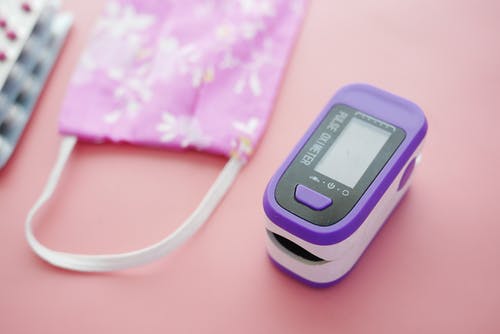
How a Pulse Oximeter Can Help You
With the surge of the pandemic, we have undergone many changes to our daily life. Masks have become commonplace and are a vital accessory whenever you are travelling or going outside of the home. In addition to masks, several other equipment and tools have become popular. One such equipment is the pulse oximeter.
You will be able to read about different varieties of oximeters in iHealth news. This is a very small device that can give you valuable information when you have a respiratory illness. One of the complications of Covid-19 is the lowering of oxygen levels. This leads too many other complications and in worse cases can result in death. A pulse oximeter will help you find help sooner as you will be able to measure the blood oxygen levels and the heart rate. When you are a healthy person, the reading will be 95 and above. But when the number shown in the device falls below this, you need to contact your doctor and see what has to be done. Normally, a heart will beat about 60 to 100 times within a minute. If you are an athlete, your heart rate will be quite low. There are many brands of oximeters and not everyone will give the same value or have the same level of precision. You can ask your doctor to make a recommendation or check online for reviews of different oximeters to get an idea of what to purchase.

There are different wavelengths of light that will go through your finger when you insert it into the device. According to the amount of oxygen carried by haemoglobin, it will absorb different wavelengths of light. This is read by the device and you will be able to see a percentage value on the display that will give you an idea of the oxygen saturation level in your blood. This reading can fluctuate throughout the day so it is best to take several readings at different times. Also, make sure your hands are warm and the device will work better. If there is an issue with the reading, you can try to measure the oxygen level in different positions. For example, you can check whether it is the same amount when you are lying down or when you are sitting up.

There is no specification on which finger to use but it is recommended to use the dominant hand’s middle finger. This tends to give a higher reading. Different skin colours can also affect the reading as the light absorbed by the pigments can be different. With darker skin tones, there is a higher potential for error. Also, if you have dark nail polish, the reading can be affected as well. When you have long nails, it can be difficult for the finger to fit properly. When your oxygen levels are 92% or lower than that, it is best to contact your doctor to get an opinion. You can also vary out daily monitoring and jot down the readings so you know what it normal for your body.